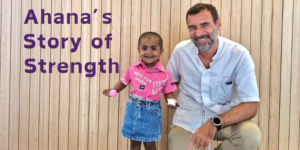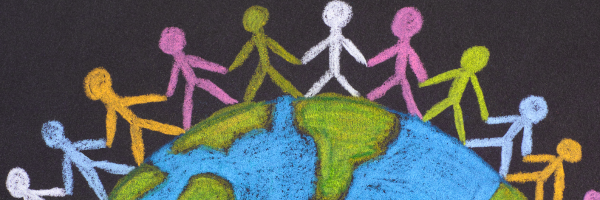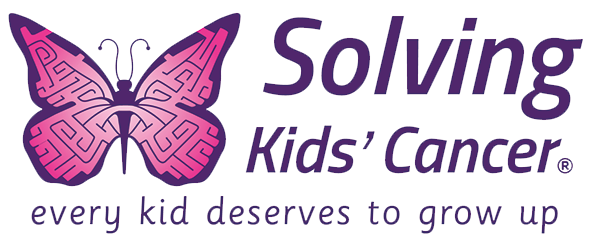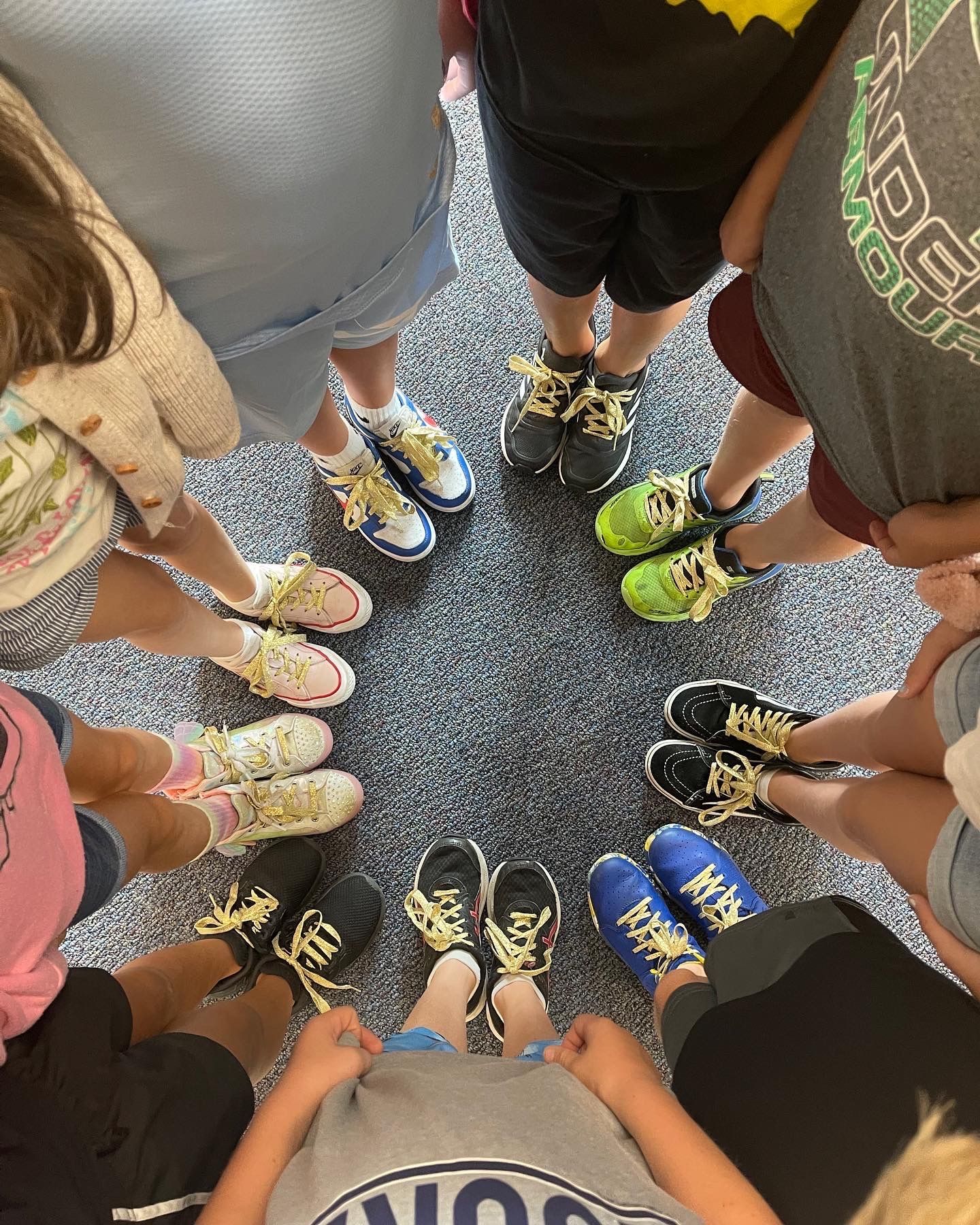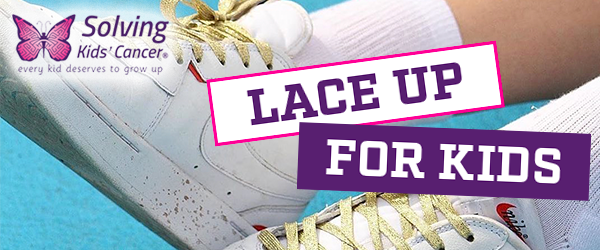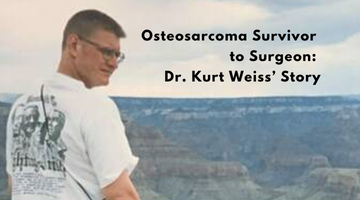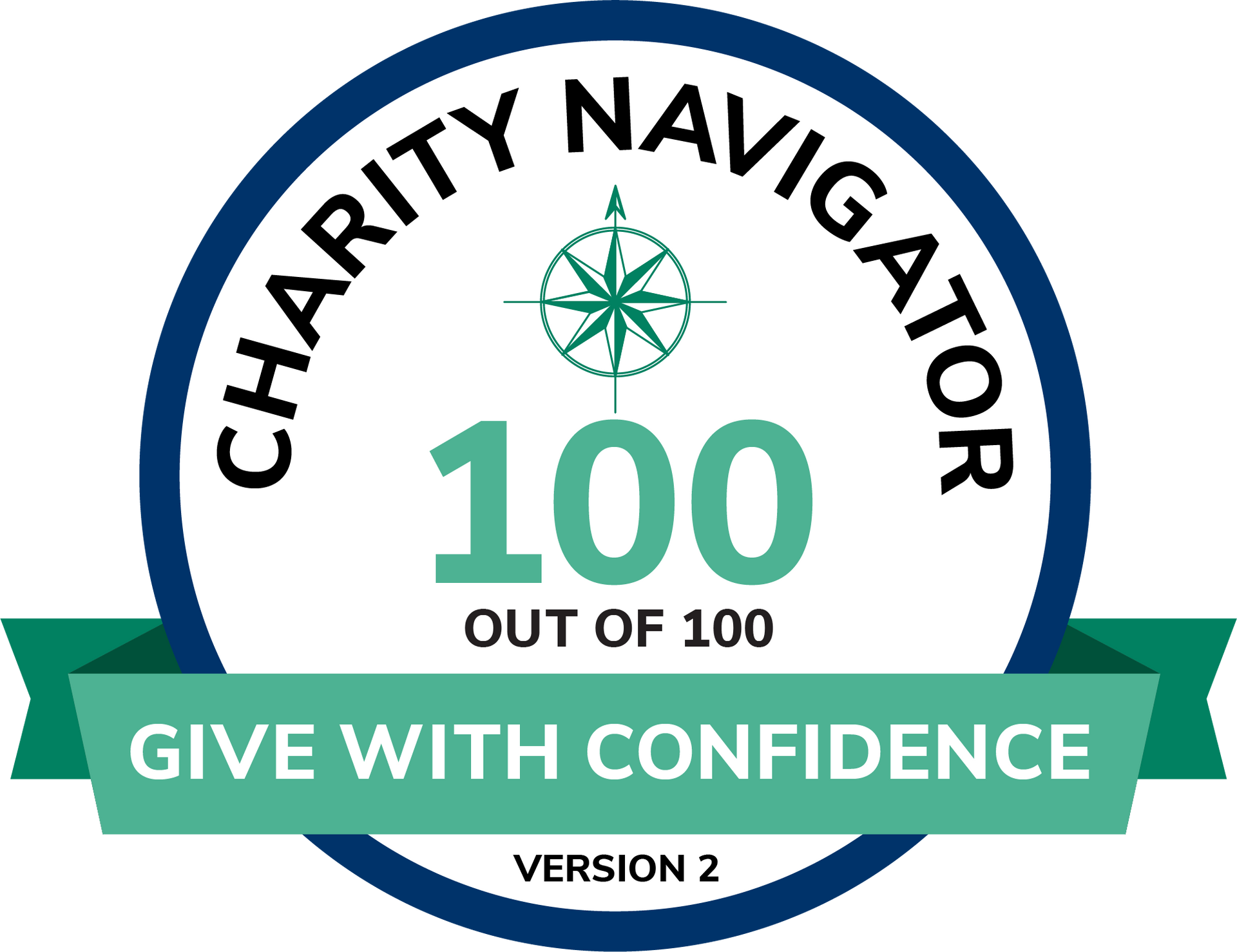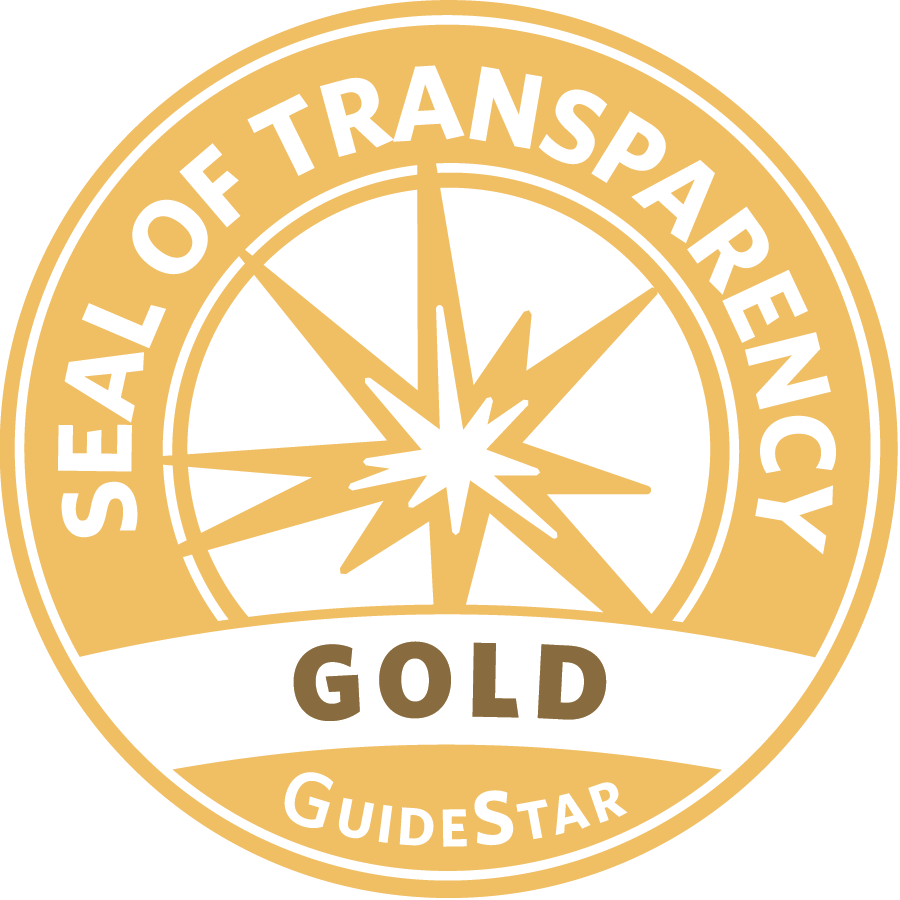Research and Care: Neuroblastoma Parent Global Symposium 2023
Research & Care: Neuroblastoma Parent Global Symposium 2023
Mark your calendars for the return of the Neuroblastoma Parent Global Symposium on Friday, November 3, 2023. A free virtual event, this neuroblastoma conference brings together parents, researchers, medical professionals, clinicians, and charity leaders from across the globe to discuss the latest breakthroughs in neuroblastoma research and supportive care.
Hosted online and free to access from anywhere around the world, this year’s event will feature two main tracks, one focused on the neuroblastoma treatments and the other focused on psychosocial support for neuroblastoma. The event program will include live discussions, presentations from internationally renowned experts, networking opportunities, specialized conversation rooms, and Q&A sessions.
Here’s a sneak peek of what attendees can expect:
Latest Developments in Neuroblastoma Research
The dynamic field of neuroblastoma research continues to expand, with the latest insights providing hope for affected families worldwide. This year’s symposium will shine a spotlight on these cutting-edge developments. Attendees will have an opportunity to delve deep into the scientific advances and understand their implications for the patients.
Overview of Frontline Neuroblastoma Treatments
Understanding the frontline options for neuroblastoma cancer treatment is crucial for parents and caregivers. This segment of the symposium will outline the current standard therapies available. It will clarify the procedures, expected outcomes, and potential side effects. Having this knowledge can empower parents to make informed decisions and advocate for their child’s best interests.
Treatment for Relapse and Refractrory Neuroblastoma
Dealing with relapsed or refractory neuroblastoma poses unique challenges. This track will offer insights into the latest options for neuroblastoma therapy specifically designed to address these more resistant forms of the disease. Renowned specialists will share their expertise, ensuring attendees have a comprehensive view of the latest therapeutic strategies.
Advances in Neuroblastoma Immunotherapy
Immunotherapy is rapidly emerging as a powerful tool in the fight against neuroblastoma. The symposium will delve into the newest approaches, including CAR T cells, detailing how the body’s immune system can be harnessed to target and destroy neuroblastoma cells. The sessions will cover the latest trials, results, and the promising future this modality holds.
Advocacy in Research
Promoting research is essential for the advancement in the field of neuroblastoma. This segment will empower parents and caregivers with knowledge about the ongoing studies, clinical trials, and how they can play a role in advancing the field. Expert-led panels will shed light on the importance of advocacy and provide tools for active participation.
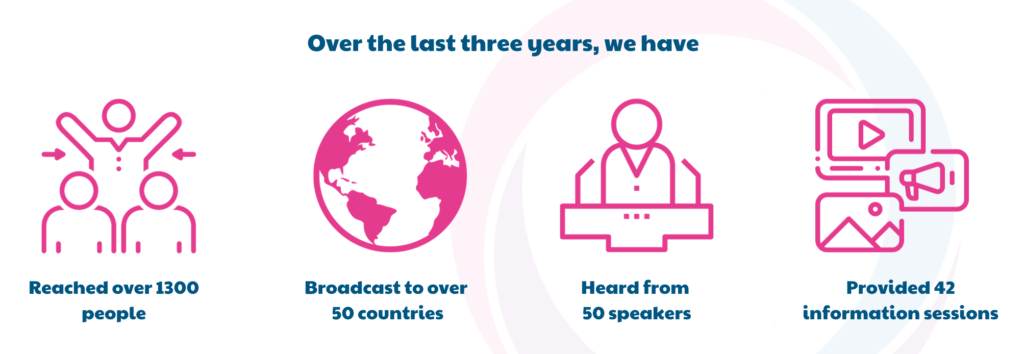
Supportive Care
Living with neuroblastoma is a journey that extends beyond the clinic. This neuroblastoma conference emphasizes the importance of holistic support, addressing both the emotional and practical needs of families throughout each phase of the experience. With expert advice and shared stories, we seek to nurture the entire family unit, ensuring no one feels alone in this journey.
Psychosocial Support
The mental and emotional well-being of affected families is key to overcoming the hardships of the disease. This session will focus on strategies to cope, address anxiety, and build resilience. Therapists and counselors will share practical tools for navigating the psychosocial challenges that arise.
Post-Treatment and Late Effects
The journey doesn’t end after treatment. This segment will help parents understand and prepare for the potential late effects of neuroblastoma treatment. Specialists will discuss monitoring, managing, and mitigating these long-term impacts on children’s health.
Grief and Loss
Navigating the profound emotions that come with grief and loss requires compassion and understanding. This sensitive segment will offer a safe space for parents to share, reflect, and find solace. Expert facilitators will guide discussions, ensuring attendees feel supported.
Stories of Hope – Living and Achieving Post-Treatment
Hope is the thread that binds the neuroblastoma community. In this uplifting session, parents and survivors will share their inspiring journeys post-treatment. Their stories will illuminate the path to resilience, achievement, and the potential for a vibrant life beyond neuroblastoma.
The Neuroblastoma Parent Global Symposium promises a comprehensive, parent-centric experience. From expert talks to parent perspectives, from enlightening panel discussions to Q&A sessions — this is an event curated by parents, for parents. Let’s come together to chart the path forward in the world of neuroblastoma care and research.
